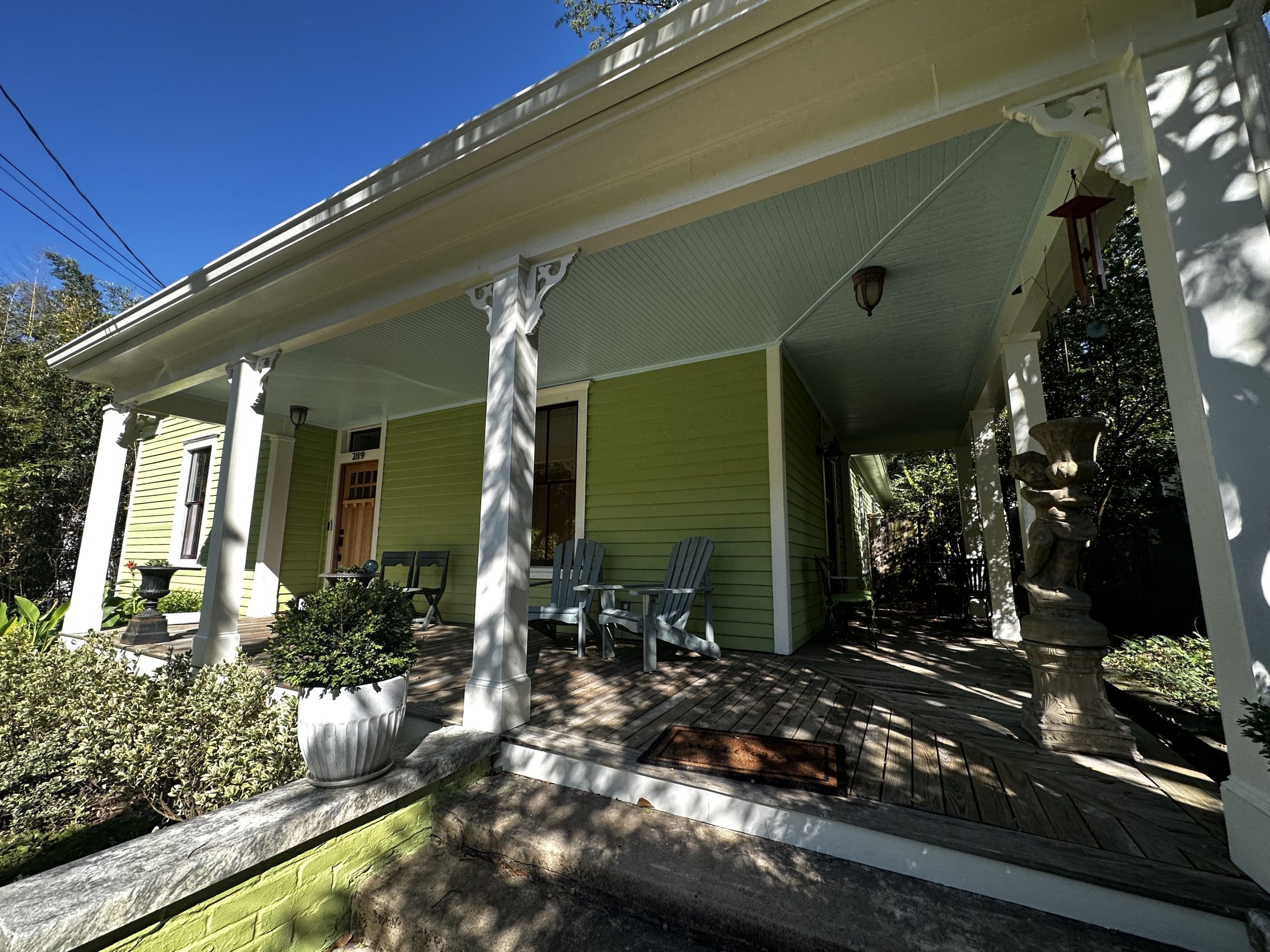
Introduction
A classic choice for homeowners is to stain cedar siding when seeking a natural, durable exterior. To preserve its beauty and extend its lifespan, regular staining is essential. This guide provides comprehensive information on how to achieve a professional-looking stain job that enhances your home’s curb appeal.
Why Stain Cedar Siding?
Staining cedar siding offers numerous benefits:
- Protection: Penetrates the wood, safeguarding against moisture, UV rays, and decay.
- Enhanced Aesthetics: Accentuates the wood’s natural grain and color, boosting curb appeal.
- Longevity: Extends the lifespan of your cedar siding with proper maintenance.
- Cost-Effective: Generally more affordable than replacing or repainting siding.
Preparing Your Cedar Siding
Proper preparation is crucial for a successful staining project:
- Thorough Cleaning: Remove dirt, mildew, and old finish using a pressure washer or detergent solution.
- Repair Damage: Address any cracks, holes, or rotted areas before staining.
- Light Sanding: Create a smooth surface for better stain adhesion by lightly sanding the siding.
Choosing the Right Stain
Selecting the appropriate stain is essential for achieving your desired look:
- Stain Type:
- Semi-transparent: Enhances the wood’s natural beauty while providing protection.
- Solid: Offers complete color coverage, hiding imperfections but masking the wood grain.
- Oil-based: Penetrates deeper, providing richer color and longer-lasting protection.
- Water-based: Low-VOC, dries faster, and is easier to clean up.
- Color: Consider your home’s style, surrounding environment, and personal preference.
- Finish: Choose between matte, satin, or semi-gloss based on your desired sheen.
Staining Techniques
Follow these steps for a professional finish:
- Start at the Bottom: Begin staining from the bottom to prevent drips.
- Thin Coats: Apply multiple thin coats for better penetration and even coverage.
- Brush or Spray: Choose the application method that suits your project and skill level.
- Drying Time: Allow sufficient drying time between coats according to the product label.
Maintenance Tips
To prolong the beauty and protection of your stained cedar siding:
- Regular Inspections: Check for peeling, cracking, or fading.
- Cleaning: Wash the siding regularly to remove dirt and debris.
- Re-staining: Re-stain every 2-3 years, or as needed, to maintain protection.
Solid Stain vs. Semi-Transparent Stain
- Solid Stain: Offers complete color coverage, hides imperfections, and provides excellent protection. However, it masks the wood grain.
- Semi-Transparent Stain: Enhances the wood’s natural beauty while offering protection. Allows the wood grain to shine through.
Solid Stain vs. Paint
- Solid Stain: Penetrates the wood, offers lower maintenance, and is generally more cost-effective. However, it may not be as durable as paint and has limited color options.
- Paint: Provides a wider color range and better durability, but requires more maintenance and can trap moisture.
By following these guidelines and carefully selecting the right stain, you can achieve a stunning and long-lasting finish for your cedar siding.
